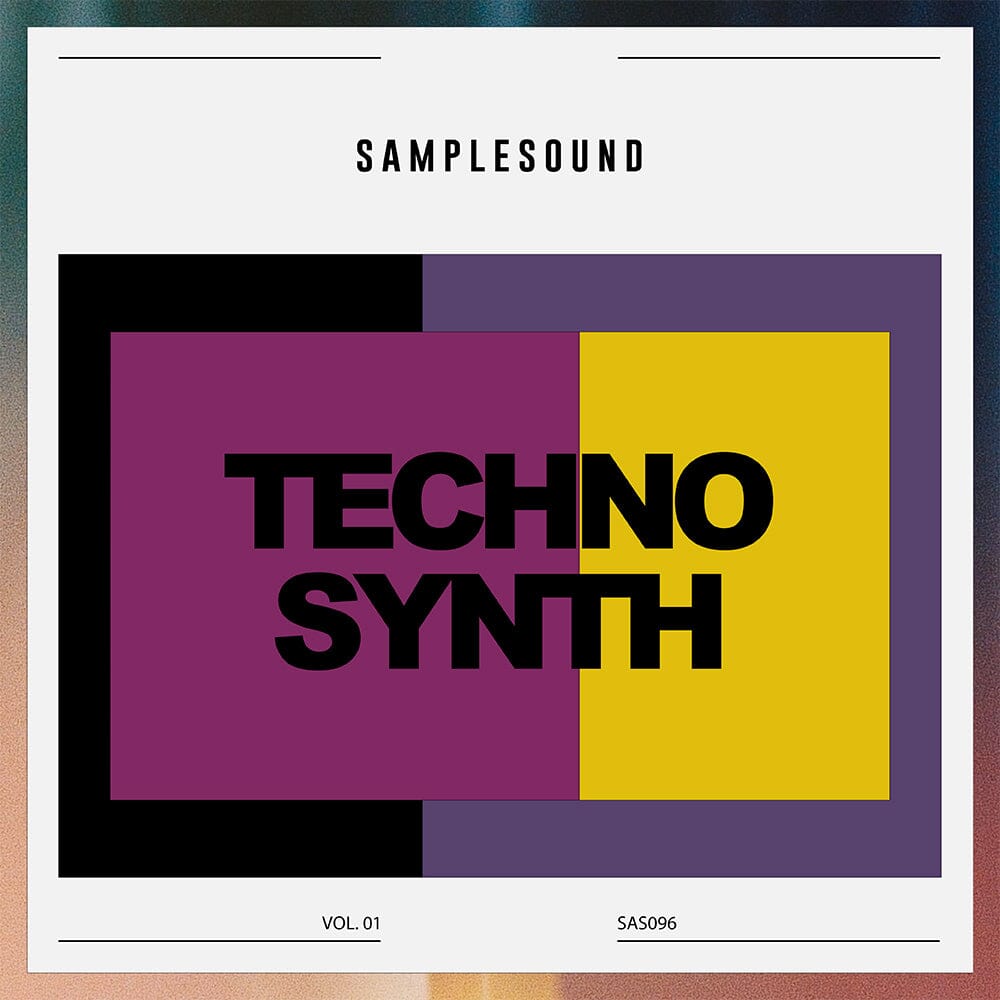The world of music production has never been more accessible, especially for electronic music genres like techno and EDM. With the rise of affordable gear and intuitive software, anyone can transform a spare room into a creative hub for crafting professional-quality tracks.
But how do you ensure your setup meets the demands of electronic production? Whether you're layering hypnotic techno rhythms or designing lush EDM drops, having the right gear is essential to bring your ideas to life.
Imagine turning your creative space into a powerhouse for sound design and track creation. Let’s explore the essentials to make it happen.

What is required for a home studio?
To build a functional home studio, you need some essential equipment. The most basic components include:
-
A computer with enough processing power to run digital audio workstations (DAWs).
-
Audio interface for connecting your instruments and ensuring quality recordings.
-
Microphones for recording vocals or creating unique samples.
-
Studio monitors or high-quality headphones for accurate sound playback.
-
MIDI controllers for hands-on control of your software.
These are the building blocks of a home studio, but depending on your style, you may also need synthesizers, drum machines, or other hardware.
Microphones: Vocals and Sampling
Best Microphones for Electronic Music Producers
While microphones may not be the first thing that comes to mind for electronic producers, they’re invaluable for recording unique samples, vocal hooks, or even ambient textures to add depth to your tracks. Choosing the right type of microphone depends on your needs:
- Dynamic microphones are robust and perfect for capturing loud, energetic vocals or recording in untreated spaces.
- Condenser microphones offer greater sensitivity, making them ideal for clear vocal layers or intricate sound design.
Recommendations for Electronic Genres
- Budget-friendly: The AKG P120 is a versatile choice for recording vocal samples or capturing live instruments.
- Mid-range: The Rode NT1 excels at delivering crisp, detailed recordings, perfect for clean vocal hooks.
- High-end: The Shure SM7B, known for its rich and warm sound, is ideal for techno vocals or gritty EDM vocal chops.
Whether you’re sampling your voice for a deep house track or layering atmospheric sounds for your next techno set, investing in a good microphone can open up endless possibilities.

Audio Interfaces: Precision in Sound Design
Top Audio Interfaces for Electronic Producers
An audio interface is the backbone of your home studio. For electronic music producers, it connects your hardware synths, drum machines, and other gear to your DAW, ensuring high-quality sound capture and playback. Choosing the right audio interface is critical for precise sound design, whether you're crafting intricate techno loops or massive EDM drops.
Key Features for Techno & EDM Producers
- Input/Output Options: Look for multiple inputs to connect external hardware like synthesizers or modular systems.
- Low Latency: Essential for real-time monitoring and smooth playback.
- High-Quality Preamps: For clean, detailed recordings.
Best Picks for Different Levels
- Entry-Level: Focusrite Scarlett 4i4 – Perfect for beginners with its easy setup and two high-quality mic preamps.
- Mid-Range: Native Instruments Komplete Audio 6 – Designed with electronic producers in mind, featuring MIDI I/O and excellent integration with Native Instruments software.
- High-End: Universal Audio Apollo Twin Duo – A favorite for professionals, with top-tier preamps and onboard DSP processing for real-time plugin use.

How to create the perfect home studio?
Creating the perfect home studio is all about finding the right balance between your budget, space, and production needs. Here are some steps to follow:
-
Choose the right space: Select a room that can be treated acoustically to avoid sound reflections and external noise.
-
Invest in acoustic treatment: Use foam panels, bass traps, and diffusers to improve the acoustics of your room.
-
Select essential gear: Start with a reliable audio interface, quality microphones, studio monitors, and a powerful computer.
-
Organize your workflow: Keep your setup ergonomic so that all your equipment is easily accessible and your creative flow isn’t interrupted.
With these steps, you can create an environment that is conducive to producing high-quality electronic music.
How much do I need for a home studio?
The cost of setting up a home studio can vary significantly based on your needs and goals. Here are some general guidelines:
-
Basic Setup: $500 - $1,000 – This includes a basic computer, an entry-level audio interface, headphones, and a DAW.
-
Intermediate Setup: $1,000 - $3,000 – Includes better quality studio monitors, microphones, and additional MIDI controllers.
-
Professional Setup: $3,000 and above – Includes high-end audio interfaces, synthesizers, and extensive acoustic treatment.
The key is to start with what you need for your production and upgrade as you grow.
Bringing Your Home Studio to Life
Building a home studio for electronic music production is an exciting journey that can unlock your creative potential. By investing in the right equipment—microphones for unique sampling, audio interfaces for pristine sound quality, studio monitors for accurate mixing, and essential software for sound design—you set the foundation for crafting tracks that can dominate dance floors and streaming platforms alike.
It’s important to start small and expand your studio setup as your skills and production needs grow. Whether you’re producing hypnotic techno grooves or high-energy EDM drops, each piece of gear contributes to shaping your signature sound.
How to get studio quality recording at home?
To achieve studio-quality recording at home, follow these key practices:
-
Acoustic Treatment: Minimize reflections and improve sound quality by treating your room with acoustic foam and bass traps.
-
Use Quality Gear: Invest in a good microphone, audio interface, and studio monitors to ensure high-quality recording and playback.
-
Gain Staging: Set proper gain levels to avoid clipping and distortion in your recordings.
-
Recording Environment: Choose a quiet room and reduce background noise to get the cleanest possible recordings.
-
Proper Mic Technique: Position your microphone correctly for vocals or instruments to capture the best sound.
By focusing on these aspects, you can produce professional-level recordings without leaving your home.

Ready to elevate your productions?
Access cutting-edge samples for your next track with Samplesound’s AI Sample Generator. Let your creativity flow and create the sounds of tomorrow.















